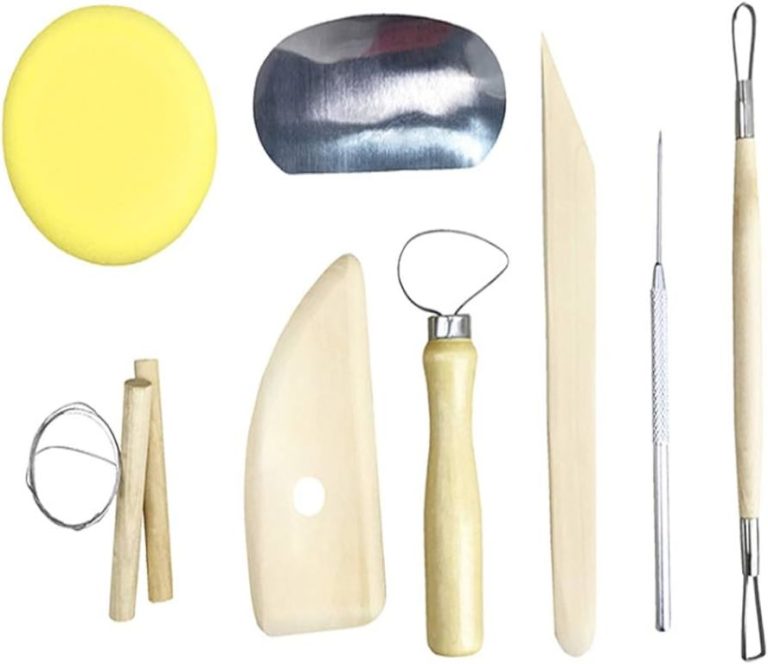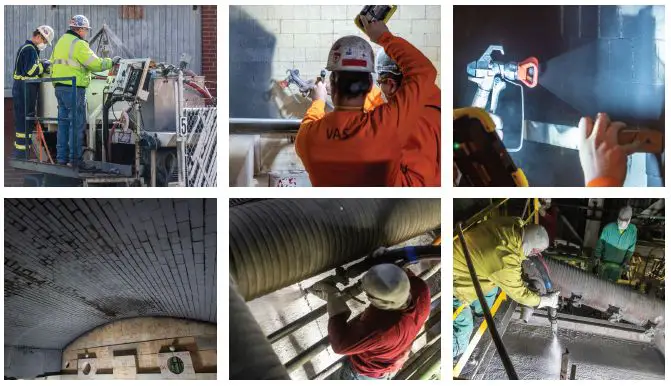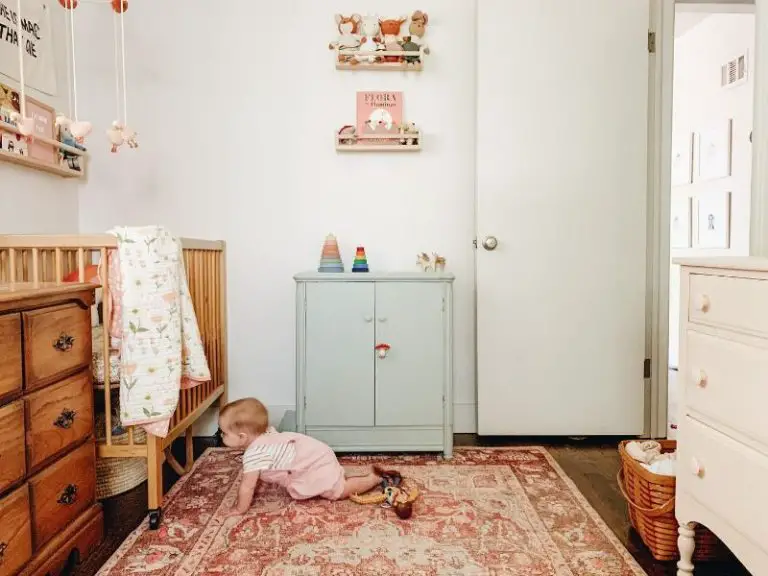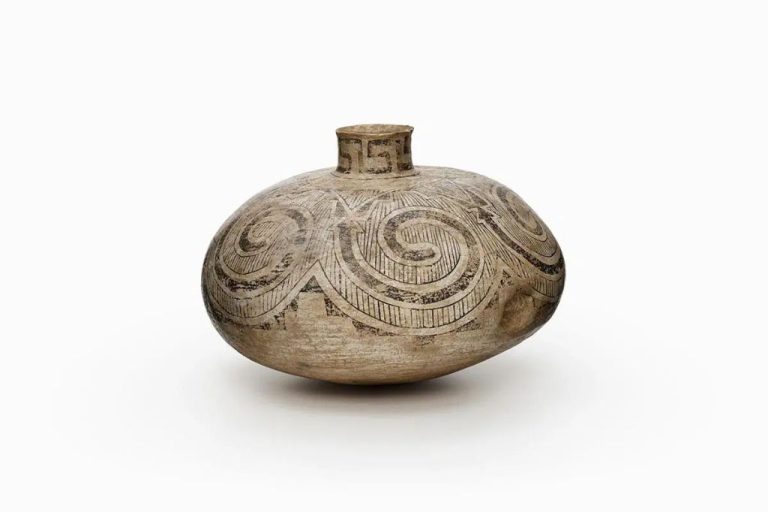Are Built-In Bookcases Still In Style?
Built-in bookshelves have been a beloved feature of homes for over a century. While interior design trends come and go, the classic charm of shelves inset into the architecture remains timeless. Built-ins provide both form and function, creating character while maximizing storage space. Though freestanding bookcases offer flexibility, built-ins bring an air of permanence and history. As we’ll explore, the innate functionality and aesthetic appeal of built-in shelving ensures its continual popularity in home design over the decades.
History
The history of built-in bookshelves spans centuries. The concept of storing and displaying books along with other items in dedicated shelving units evolved over time as homes and libraries became more sophisticated. In the Middle Ages, monasteries contained some of the earliest built-in shelving to house expansive book collections. Grand libraries of the 17th and 18th centuries featured towering walls of custom built-in bookcases, some with rolling ladders, showcasing their rare tomes and scrolls. With the rise of printed books, built-in shelving became more common in private residences to organize home libraries. Influential interior designers like Elsie de Wolfe popularized smooth, clean built-in bookshelves as accent walls in living rooms. Today, built-in bookshelves remain an elegant and practical storage solution in many homes.
Source: https://dagmaramach.com/dark-academia-bedroom/
Benefits of Built-In Bookshelves
Built-in bookshelves offer several advantages over freestanding bookshelves and units. Some of the key benefits include:
Space saving – Built-in bookshelves maximize the available space in a room. Since they are integrated into the architecture, they don’t take up additional floor space like freestanding bookshelves. This allows you to utilize the walls and create more storage capacity. According to christopherscottcabinetry.com, built-ins are great space savers.
Aesthetics – Built-ins can blend seamlessly into a room’s design for a unified look. The bookshelves essentially become part of the architecture and complement the interior style. Built-ins also allow you to customize the shelves exactly to your needs and preferences.
Customization – Built-in bookshelves can be fully customized in terms of size, layout, materials, and finish. This allows you to create shelving and storage that is perfectly suited to your space, organizes your belongings efficiently, and matches your personal style. You can customize built-ins to hold books, display items, media, or anything else you need stored.
Drawbacks
While built-in bookshelves offer many benefits, they also come with some potential drawbacks to consider. Two of the main drawbacks are less flexibility and higher costs compared to freestanding bookshelves.
Built-in bookshelves are permanently fixed to the wall and cannot be easily moved or rearranged like freestanding bookshelves. This means you have less flexibility to change the layout of the room in the future. If you decide you want to use the wall space for something else later on, removing the built-in bookshelves can be a major renovation project.
Built-in bookshelves also tend to be more expensive than freestanding bookshelves. Since they are customized to fit the space, materials, and design, the planning and construction costs are higher. The installation also requires more labor to securely attach them to the wall studs. While the upfront costs are higher, some view this as a long-term investment that can add value to the home.
Design Trends
Built-in bookcases are following some of the hottest design trends today including minimalism, industrial, and modern aesthetics.
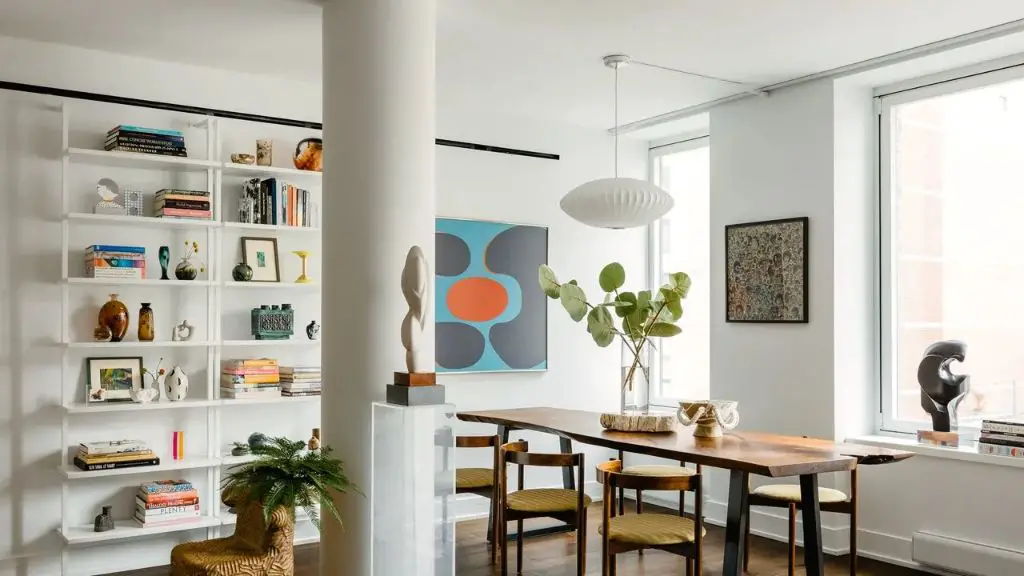
The minimalism trend focuses on simplicity and decluttering. Built-ins can help achieve a clean minimalist look by hiding clutter and books behind closed cabinet doors. Minimalist bookcases often feature simple shaker-style doors in muted tones. According to Apartment Therapy, “White built-ins keep things simple and bright.”
Industrial design is also on trend, characterized by exposed materials like wood, brick and metal paired with black accents and Edison bulbs. Open shelving with exposed piping or wood beams can create an industrial vibe. According to Architectural Digest, “iron accents and wood finishes give a nod to industrial style.”
Finally, the modern style utilizes clean lines, geometric shapes and asymmetry. Built-ins are going modern with off-kilter shelves, unique materials like glass and metal, and creative lighting. Floating shelves stacked vertically create a modern look. Architectural Digest notes the modern trend of “angular bookcases and asymmetrical étagères.”
Materials
When considering materials for built-in bookshelves, there are a few main options to choose from including wood, metal, and glass (Source 1).
Wood is still the most common and traditional material used for built-in bookshelves. Hardwoods like oak, maple, and cherry are popular choices as they are durable and can be stained or painted. Plywood and MDF are cheaper options, but may not have the same longevity as solid wood (Source 2).
Metal is a more modern material seen in contemporary built-in bookshelves. Steel, aluminum, and iron can create an industrial look. Metal shelves usually have a sturdier feel, but the material can show fingerprints and scratches more easily.
Glass is another sleek option for a built-in. Glass shelves paired with metal framing can create a lightweight, airy look. The transparency of glass allows you to display items while maintaining an open feel. However, glass shelves generally need to be tempered for safety and durability.
The choice between these main materials depends on factors like budget, weight tolerance, and the overall desired aesthetic. Many designers also incorporate a mix of materials in one built-in bookcase to achieve a unique blend of styles.
Built-In vs. Freestanding
When deciding between built-in and freestanding bookshelves, there are pros and cons to consider for each option:
Built-in bookshelves have a more custom, integrated look since they are designed specifically for the space. They can maximize storage with cabinets and shelves fitted precisely to your measurements. However, built-ins are more expensive, often costing thousands of dollars for installation. They are also not portable if you move. Elliott notes that built-ins add architectural detail and feel more luxe.
Freestanding bookshelves from stores provide more flexibility if you change homes. With modular units like the IKEA Billy bookcase, you can easily rearrange components. Freestanding bookshelves are also significantly cheaper than custom built-ins. However, they don’t maximize space as efficiently and can feel cluttered if overstuffed. Magin says built-ins look more streamlined.
Ultimately, built-ins offer a more seamless, upscale look while freestanding bookshelves provide affordability and flexibility. Consider your budget, design style and plans to move when deciding which works best.
Interior Design Ideas
Built-in bookcases can be incorporated into interior designs in creative ways to maximize both functionality and aesthetic appeal. Here are some examples of built-ins used creatively in home decor:
Built-in bookcases can be designed around fireplaces, windows, and doorways to make use of the dead space around these architectural elements. For example, floor-to-ceiling built-ins with open shelves flanking a fireplace create a beautiful symmetrical display. Bay windows can also be framed with built-in cabinetry and shelves (Source).
Interesting materials like reclaimed wood, metal piping, or glass can be used to construct one-of-a-kind built-ins that become an artistic focal point. For instance, a bookcase made from pieces of smoothed driftwood has an organic, beachy feel (Source).
Built-ins don’t have to be towering structures. Lower built-in shelves lining the walls of a room provide clean, minimalist storage for books and decor. Built-in cabinets with glass-paneled doors also keep clutter out of sight while showing off displayed items (Source).
Creative layouts include built-ins with desk space for home offices, media centers for electronics, and specialized compartments for collections. Multi-level designs mix open and enclosed storage options. Built-ins can also incorporate lighting, benches, or ladders on rollers (Source).
## Conclusion
In summary, built-in bookcases remain a popular and stylish choice for many homeowners. While freestanding bookcases offer more flexibility, built-ins provide a custom look and make efficient use of space. Key benefits of built-ins include maximizing storage, showcasing architectural details, and creating a unified aesthetic. However, they do require more planning and often have higher upfront costs than freestanding options.
When designed well, built-in bookcases can add value and visual appeal to a home. Shelving and cabinetry built-ins remain on-trend, especially with creative adaptations like open shelving and mixed media storage. The style and layout of built-ins should align with the home’s architecture and interior design scheme. Overall, built-in bookcases continue to be a timeless way to incorporate bookshelves and storage into a home’s design.
References
Toy, E. (2018). The Comeback of the Built-In Bookcase. Dwell. Retrieved from https://www.dwell.com/article/the-comeback-of-the-built-in-bookcase-0470275f
Navarro, M. (2017). Are Built-In Bookcases Out of Style? Hunker. Retrieved from https://www.hunker.com/13421745/are-built-in-bookcases-out-of-style
O’Neill, M. (2019). Built-In Bookcases: A Comeback Worth Welcoming. Good Housekeeping. Retrieved from https://www.goodhousekeeping.com/home/interior-decorating/a26364123/built-in-bookcases/
Williams, O. (2017). How to Make the Most of Built-In Bookcases and Shelving. Architectural Digest. Retrieved from https://www.architecturaldigest.com/story/how-to-make-the-most-of-built-in-bookcases-and-shelving

